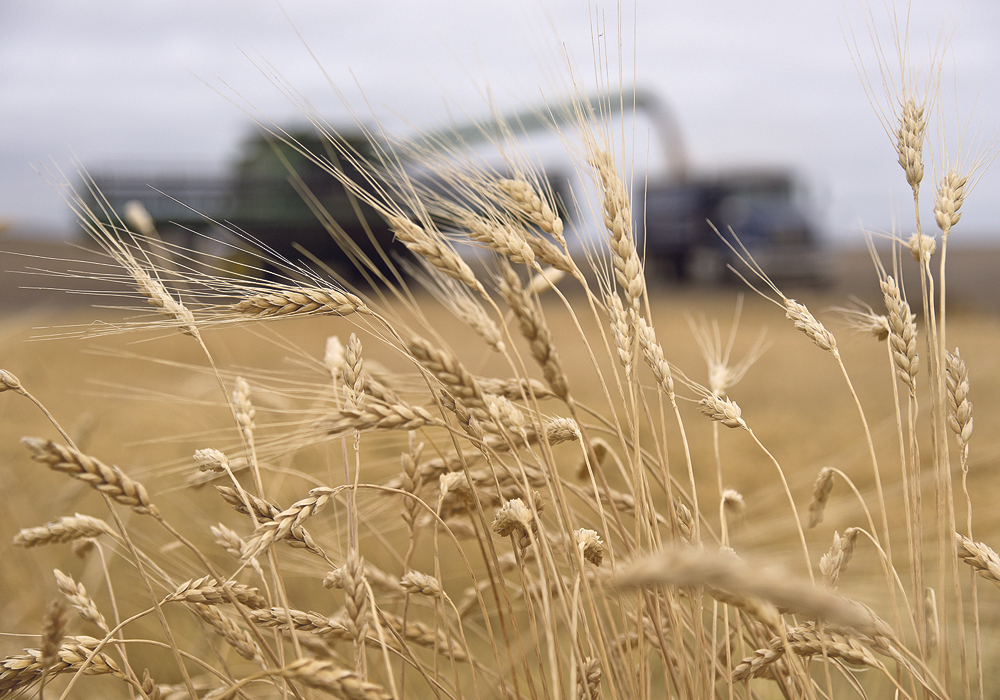Members of a recent trade mission feel hopeful for the crop’s prospects, particularly in Italy, Morocco and Algeria
Canadian durum producers had few reasons to celebrate in 2018 but there might be some cause for optimism in the New Year.
Cam Dahl, president Cereals Canada, said he has renewed optimism that Canadian durum exports to key markets in Italy, Morocco and Algeria will pick up in 2019.
The lingering question is how quickly?
“I’m optimistic,” said Dahl, who spoke to The Western Producer Dec. 14 from Italy after meeting with members of the Italian pasta industry.
“I’m much more optimistic now than I was when I (arrived here) that we’re turning a corner in Italy,” he said.
Read Also

Critical growing season is ahead for soybeans
What the weather turns out to be in the United States is going to have a significant impact on Canadian producers’ prices
“We still have a long way to go. That doesn’t mean that we’re going to see a resumption of normal trade tomorrow, but I am seeing more of an opening for a resumption of more normal trade.”
Dahl and other representatives from the Canadian durum industry recently concluded the fourth leg of a Canadian wheat industry trade mission that included stops in key markets for Canadian durum.
In Italy, processors, brokers and traders expressed a strong desire to see more Canadian durum entering the Italian market, Dahl said.
Italian buyers and processors recognize the need for more top-quality durum, something Canadian growers can supply, he added.
“The last two years have produced the most beautiful durum crops that we’ve ever grown and I think there was a recognition of that very high quality and the value of that quality.”
Dahl also saw positive market signals during stops in Morocco and Algeria.
Canadian durum exports to Algeria fell short of expectations in 2018.
Shipments to that country were limited by a variety of factors.
Scott Hepworth, a farmer from Assiniboia, Sask., who participated in the Cereals Canada wheat trade mission, said a large durum crop in Algeria has affected prices for top-quality Canadian durum.
“Algeria has focused on their larger-than-normal domestic crop to serve their domestic market,” wrote Hepworth, who also serves as vice-president of the Saskatchewan Wheat Development Commission (SaskWheat).
“But this durum is not of the same quality as Canadian.”
Dahl said meetings with the Algerian durum industry support the notion that Canadian exports to that country could rebound.
“Again, it’s nothing concrete. I wouldn’t put numbers around it, but really I’m coming away from this particular leg of the mission to some of our major durum markets and I’m thinking that we are turning the corner,” Dahl said.
It remains to be seen whether renewed interest in Canadian durum will influence Canadian plantings in 2019.
“I think the answer to that will depend on how quickly the buying pattern changes,” Dahl said.
“The prices that (Canadian durum) farmers are seeing today would suggest that there’s going to be a significant reduction in durum acres next year.”
Dahl also suggested that global interest in Canada Western Red Spring (CWRS) wheat will remain strong through the first half of 2019.
“We’re looking at really strong demand for CWRS,” he said.
“I expect that strong demand to continue through to the end of this crop year and I expect ending stocks … to be extremely low….”
As of early December, exports of CWRS were about a million tonnes ahead of last year’s pace.
The industry forecasts aggressive CWRS exports, and mild winter weather has so far supported Canadian shipping efforts.
According to data from the Canadian Grain Commission, less than 60 percent of the CWRS wheat samples submitted to the commission’s 2018 harvest sample program were graded as No. 1.
That’s significantly less than 2017, when 78 percent of the samples received fell into the top grade.
However, Dahl said the overall quality of the 2018 wheat crop was surprisingly good, considering the difficult harvest conditions that were encountered last September.
“I think if you look at the combination of No. 1 and No. 2, it’s still a really good proportion of the crop,” Dahl said.
“Considering the difficult September that we had … I was expecting to see significant sprouting damage, which results in lower falling numbers and differences in end-use functionality but we really didn’t see that ….
“I think we’re going to exceed (export forecasts) and I think we will sell every tonne of CWRS this year that we can find.”


















